Tomato Season
The tomatoes have been ripening quickly, and we have at least a bushel that we will be taking to Fresh Food Thursday this week. The green beans have also taken off.
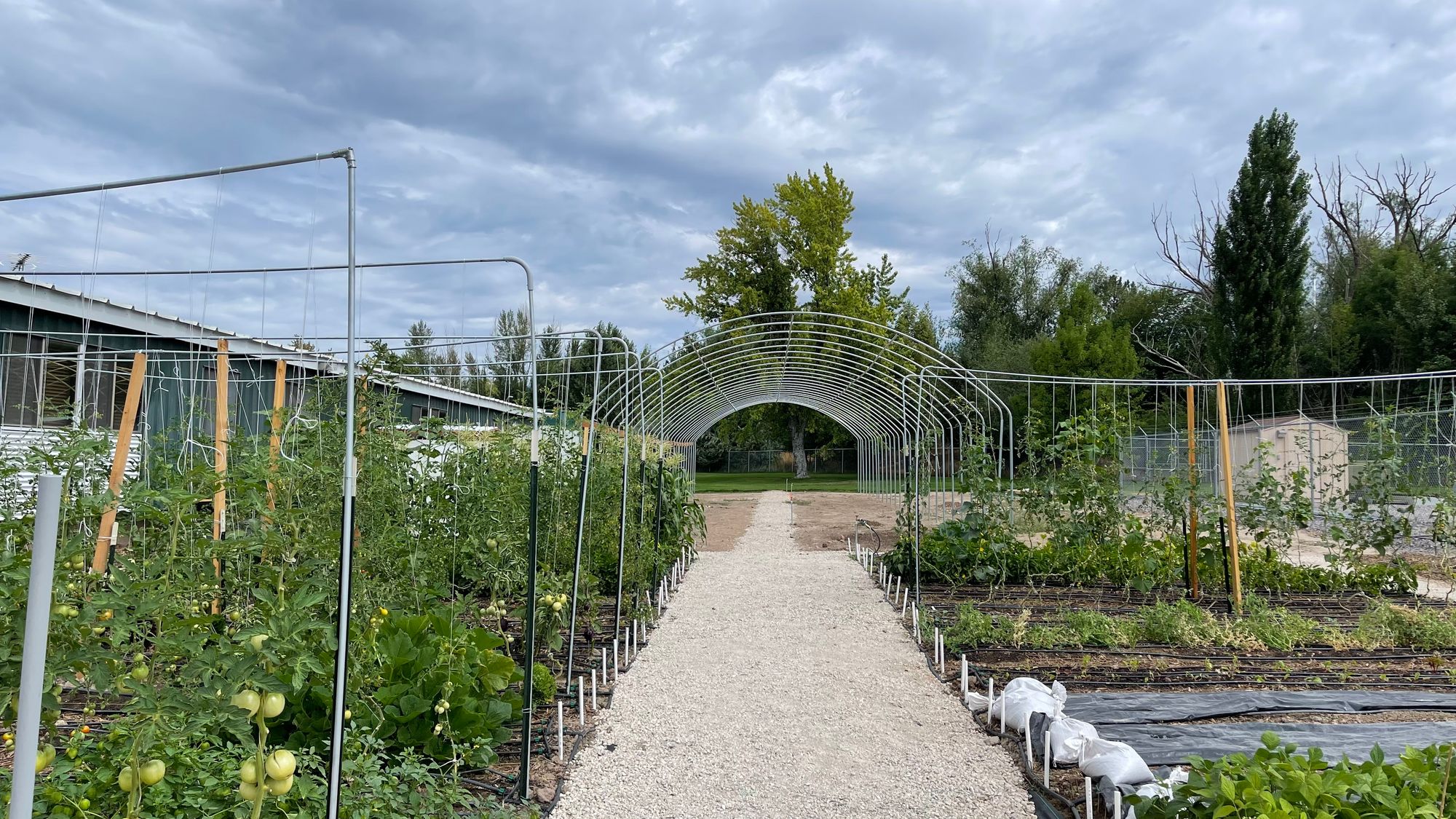
What's Growing on in the GRIT Garden?
Our volunteer event last week was cut short by an afternoon rain shower. Despite this, we were still able to attach the side wall to the western side of the hoop house. The tomatoes have been ripening quickly, and we have at least a bushel that we will be taking to Fresh Food Thursday this week. The green beans have also taken off. The vegetables that continue to be the biggest producers are the summer squashes (both zucchini and scallop squash), tomatillos, and hot peppers, although tomatoes may move to the top of the list by the end of the week. Read on if you are curious about common tomato problems!
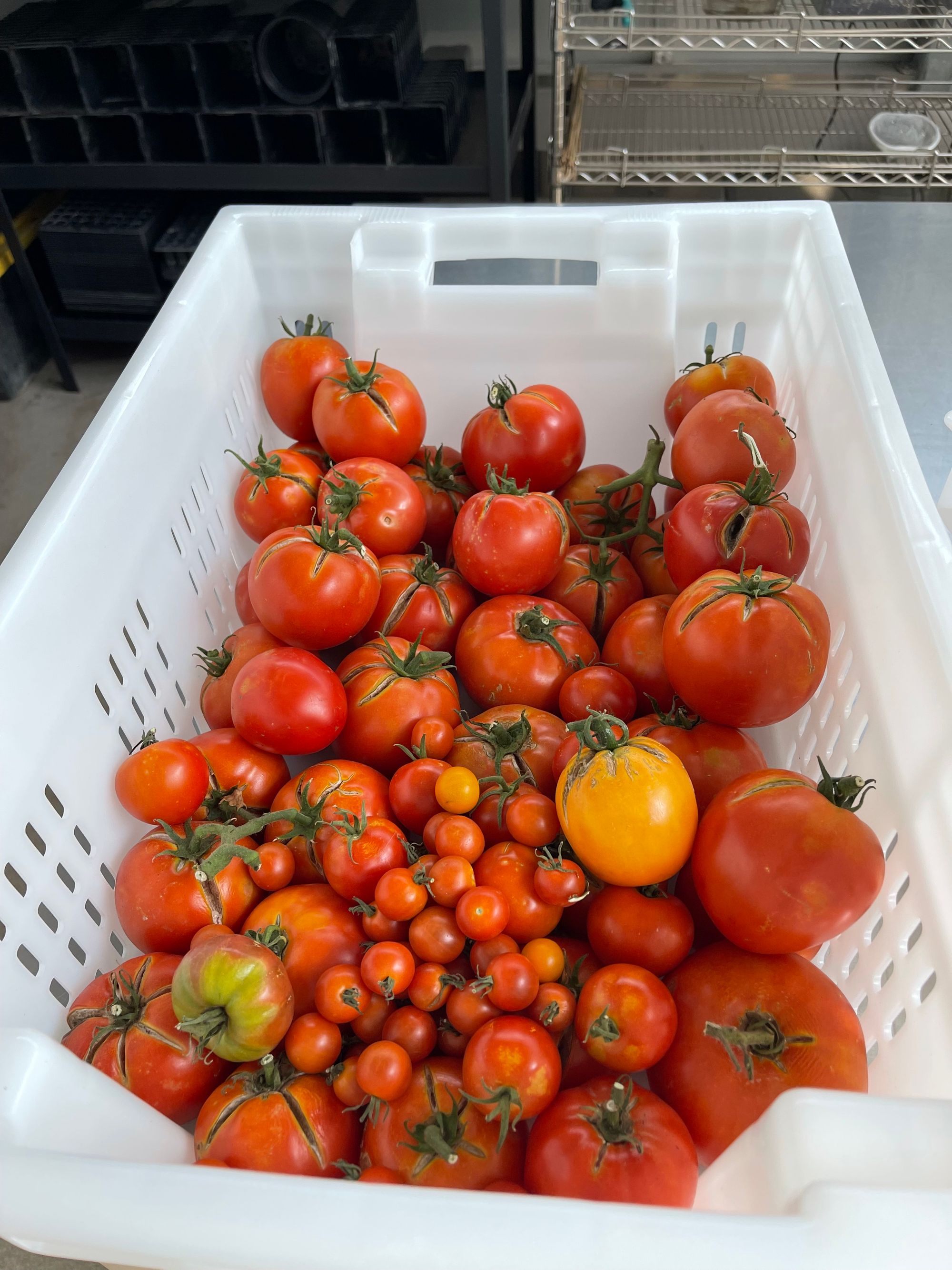
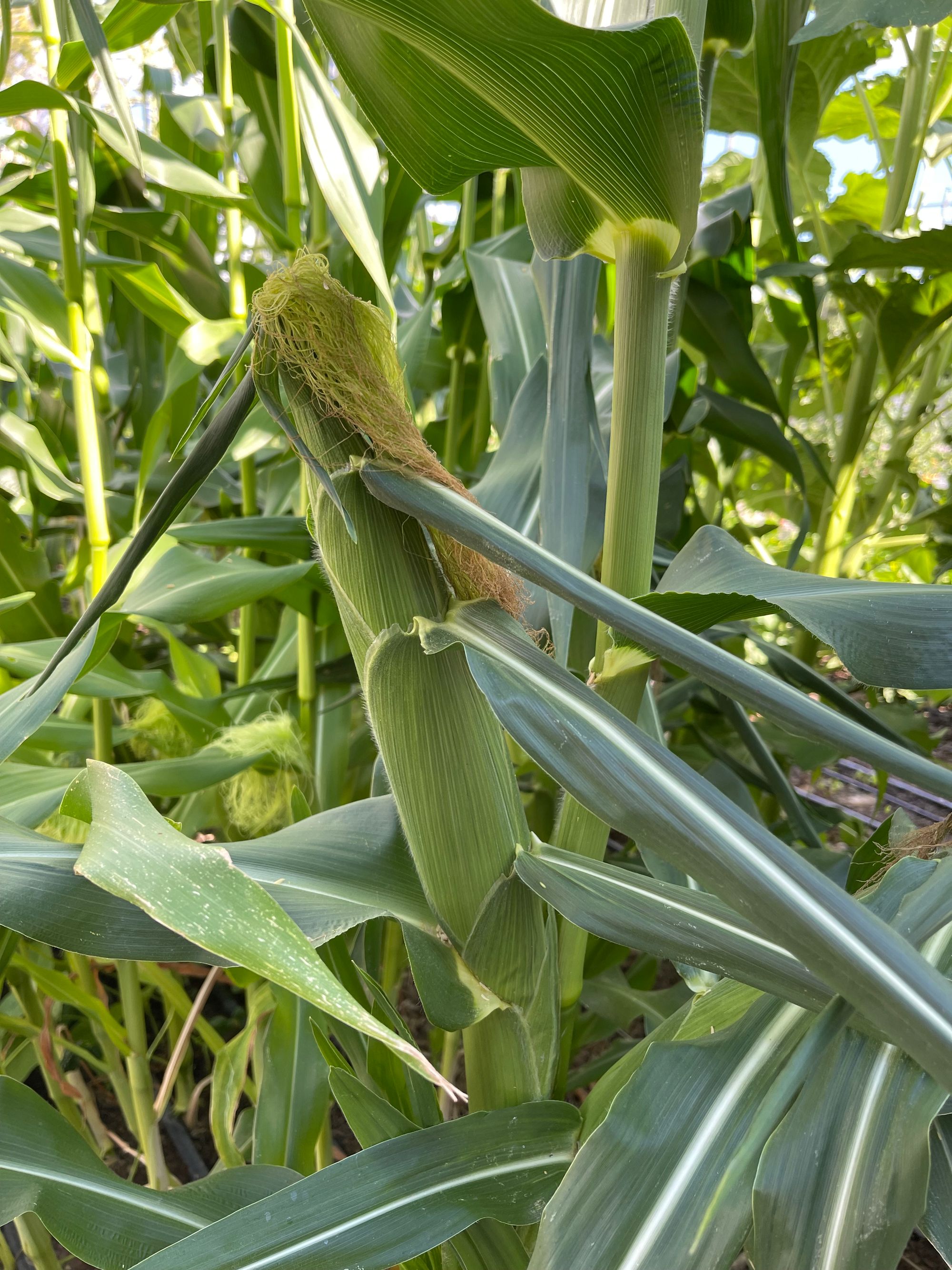
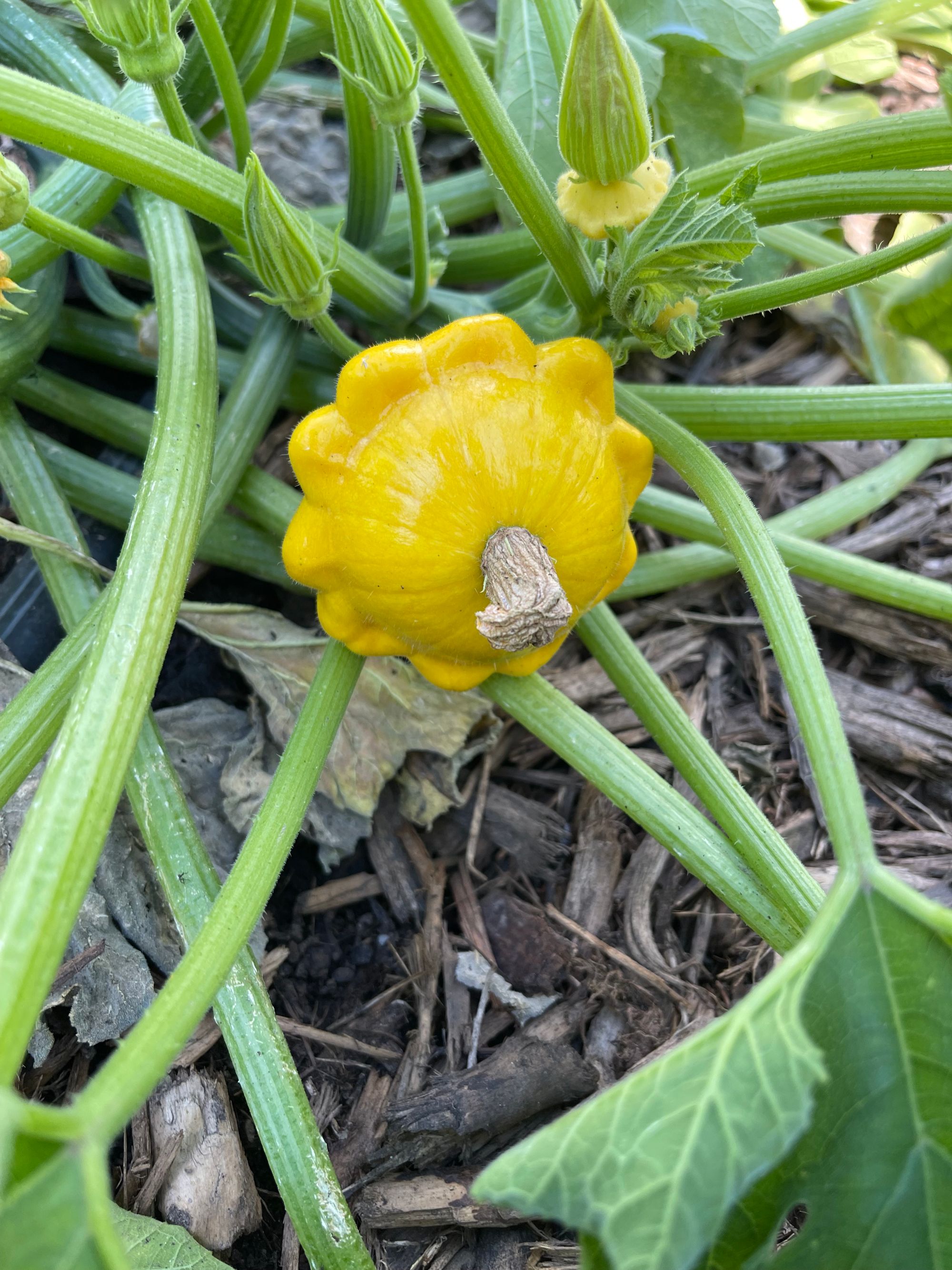
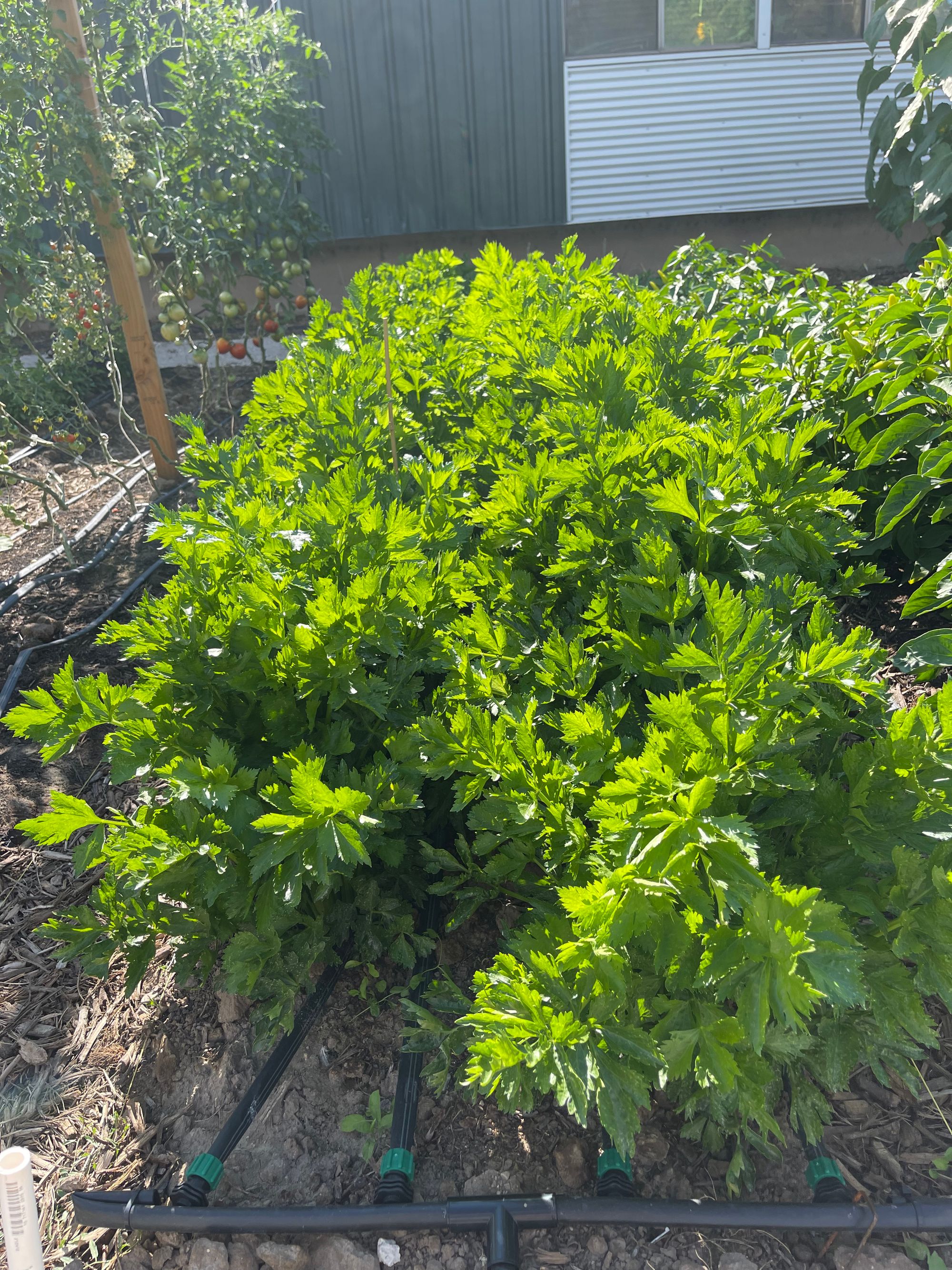
Common Tomato Problems
Lest our beautiful produce pictures convince you otherwise, the GRIT garden has its fair share of ugly produce. It is very hard to determine the cause if it is a one-off malformed vegetable. However, some of these unsightly fruits may be a symptom of an underlying problem. The most problematic produce we have in the garden comes from tomatoes.
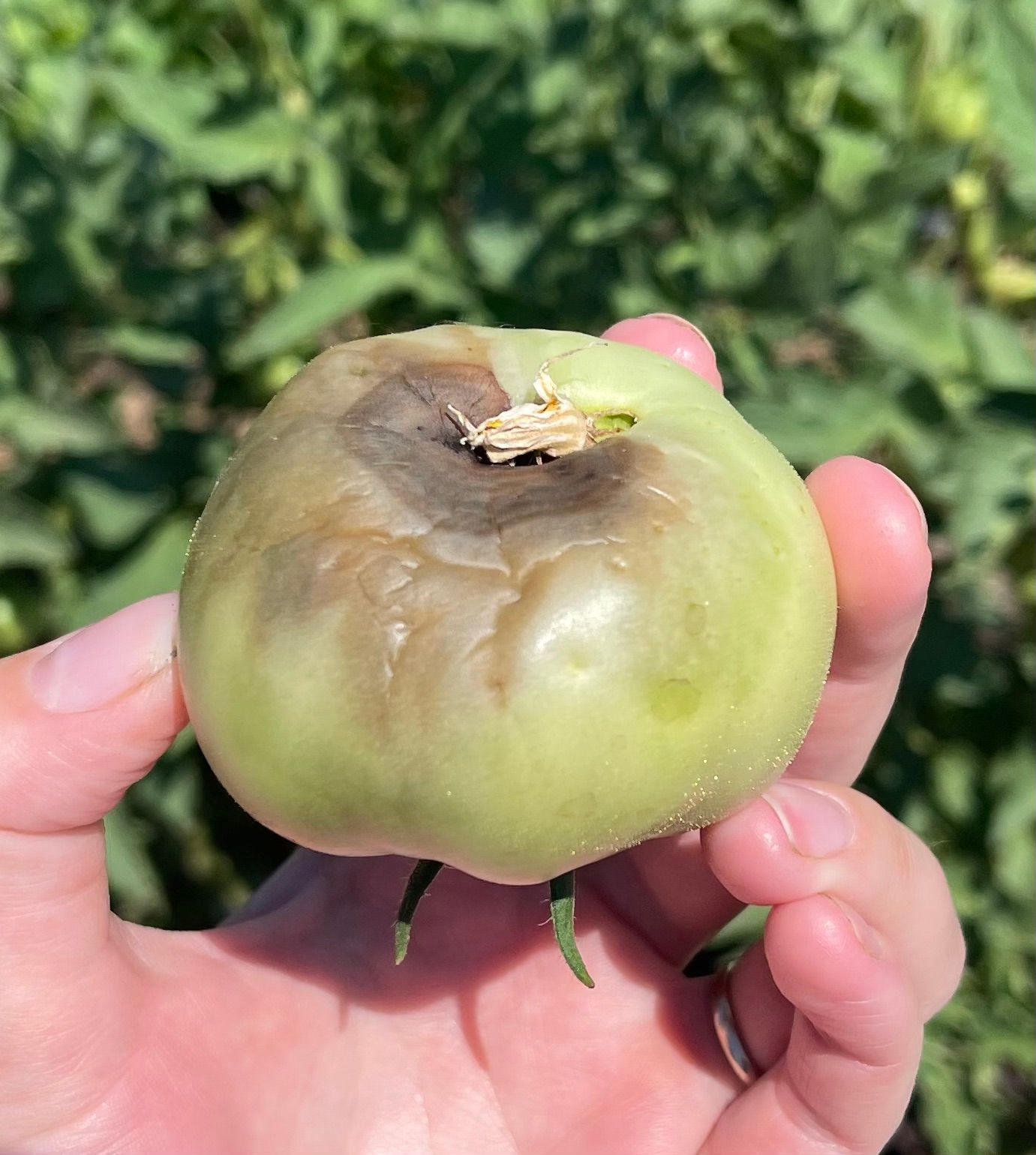
Blossom End Rot
Have you ever been watching your beautiful tomatoes form, only to discover that they have rotted on the bottom out of nowhere? The rest of the fruit may be perfectly normal, except for the black or gray hole at the basal end of the fruit. You have had an unfortunate encounter with blossom end rot. The physiological cause of blossom end rot is simple: it is a calcium deficiency. However, the solution is not as simple as just fertilizing with calcium; this is because it is environmental factors that can contribute to calcium deficiency.
Calcium is transported through the plant with the water during transpiration. If anything slows down or inhibits transpiration, the calcium stops moving. Transpiration can be inhibited by high humidity or drought stress. As you probably already guessed, drought stress is the most common cause of blossom end rot in Utah, and you likely need to increase how often or how much you are watering your tomatoes. However, suppose you have noticed blossom end rot in the middle of a large plant. In that case, it may be because of the high humidity within the canopy of the tomato, and you should consider pruning the leaves of your tomatoes to allow for more airflow. Read more about blossom end rot and how to prevent it here.
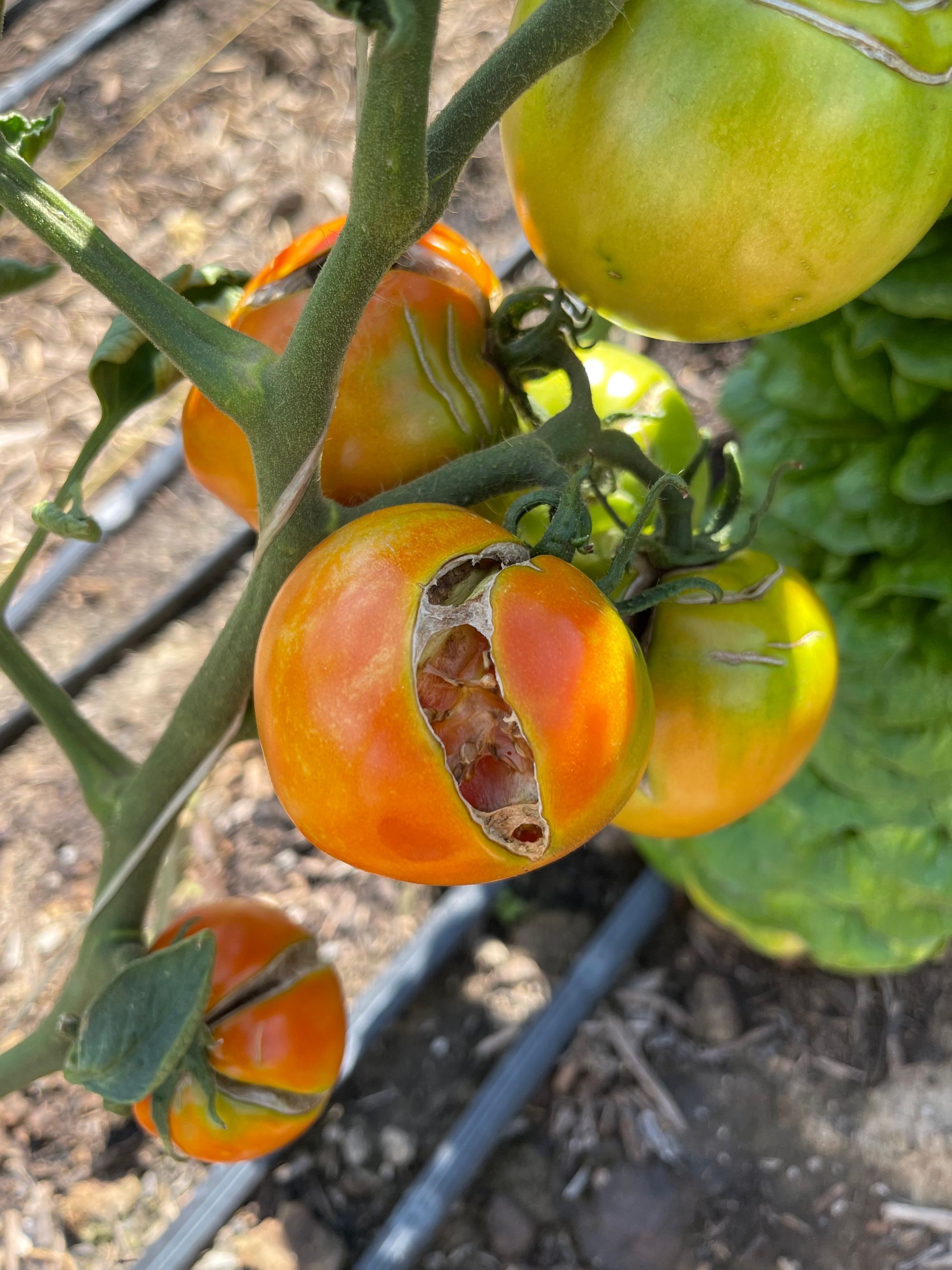
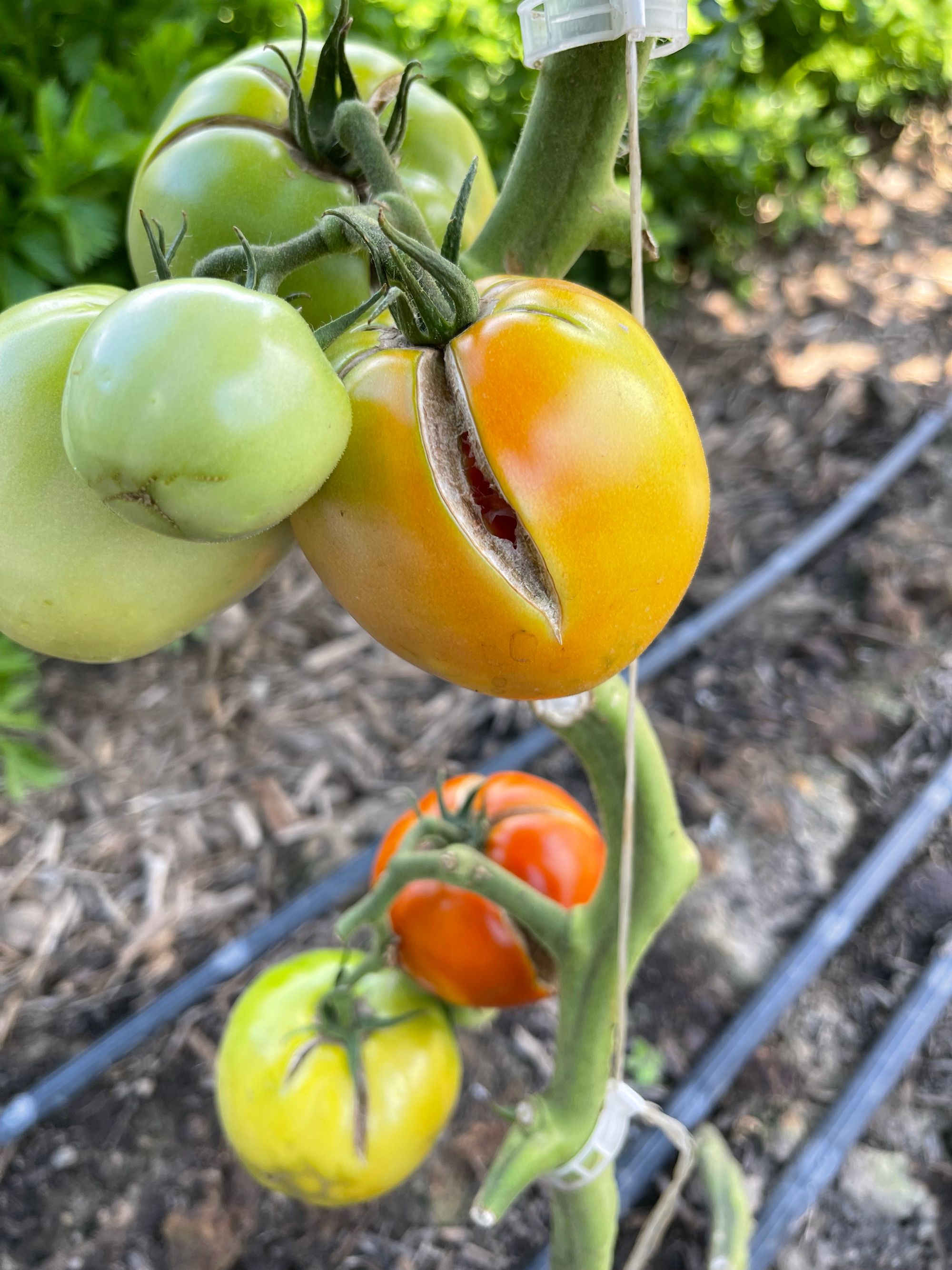
Tomato Splitting
Tomato splitting is the most pervasive problem we have had in the garden. It is caused by inconsistent watering. For example, the tomatoes are watered normally; the soil dries out in the hot afternoon sun, and an afternoon shower brings a heavy rain storm. The sudden increase in water causes the inside of the tomato to swell in size faster than the skin can accommodate, and the skin stretches and then tears. Unfortunately, these splits are more than a cosmetic issue. The tears in the skin leave the tomato venerable to diseases and will not have as long of shelf life. One way to prevent tomato splitting is to ensure your soil drains well by adding organic matter or sand. Unfortunately, the garden has high clay soils that do not drain well. To combat the effects of tomato splitting, we try to harvest early and give them away as soon as possible. To read more about tomato splitting and ways to prevent it, read more here.
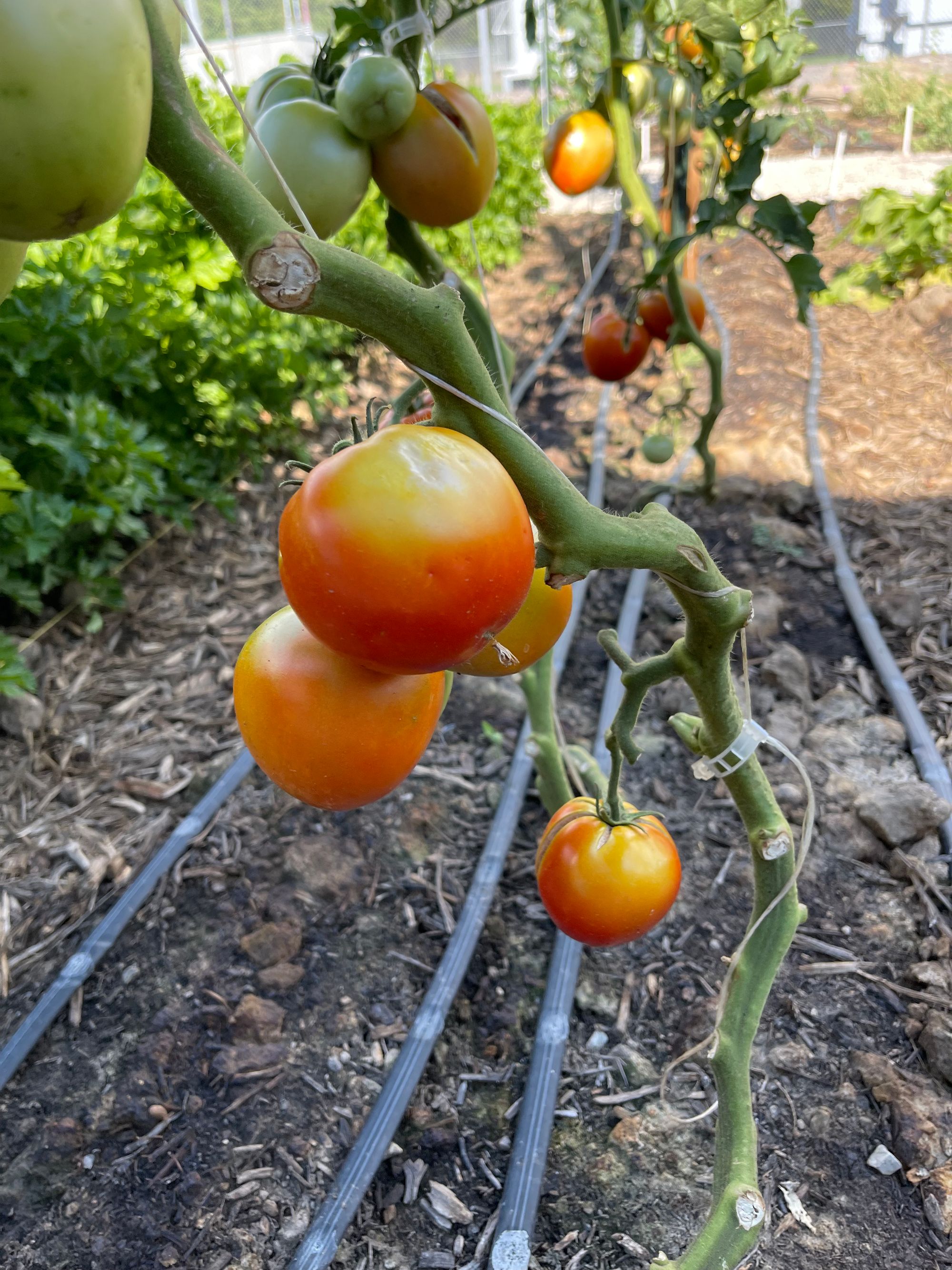
Sunscald
Like humans, fruits can get sunburned, although it is called sunscald in plants. When fruit is exposed to direct sunlight for too long, the skin will start to show damage. However, unlike humans, tomatoes turn white when sunburned instead of red. The damage to the epidermis leaves the tomato vulnerable to disease, and the fruit should be harvested or culled quickly. Protecting fruit from direct sunlight will prevent sunscald; the plant leaves will naturally do this if they have not been pruned off, or the fruit can be covered with a shade cloth. In the garden, we utilize a pruning method known as "hard pruning," which helps us grow so many tomatoes in a tight space; however, it can lead to more sunscald than unpruned tomatoes. If you would like to know more about sunscald, click this link.
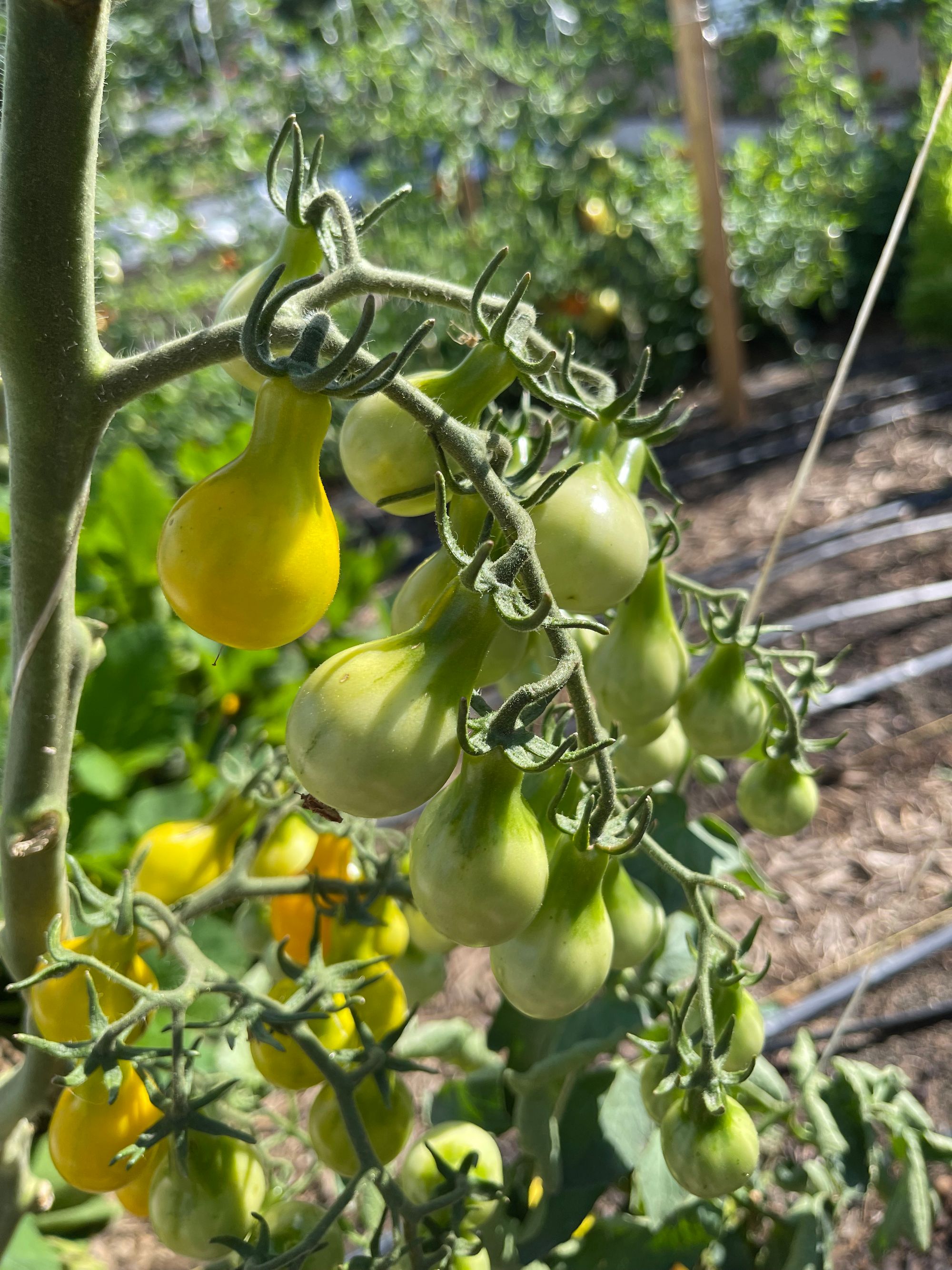
We would love to hear about your garden, answer your questions, or give you more information about our program. Feel free to email us at growing@uvugrit.garden.